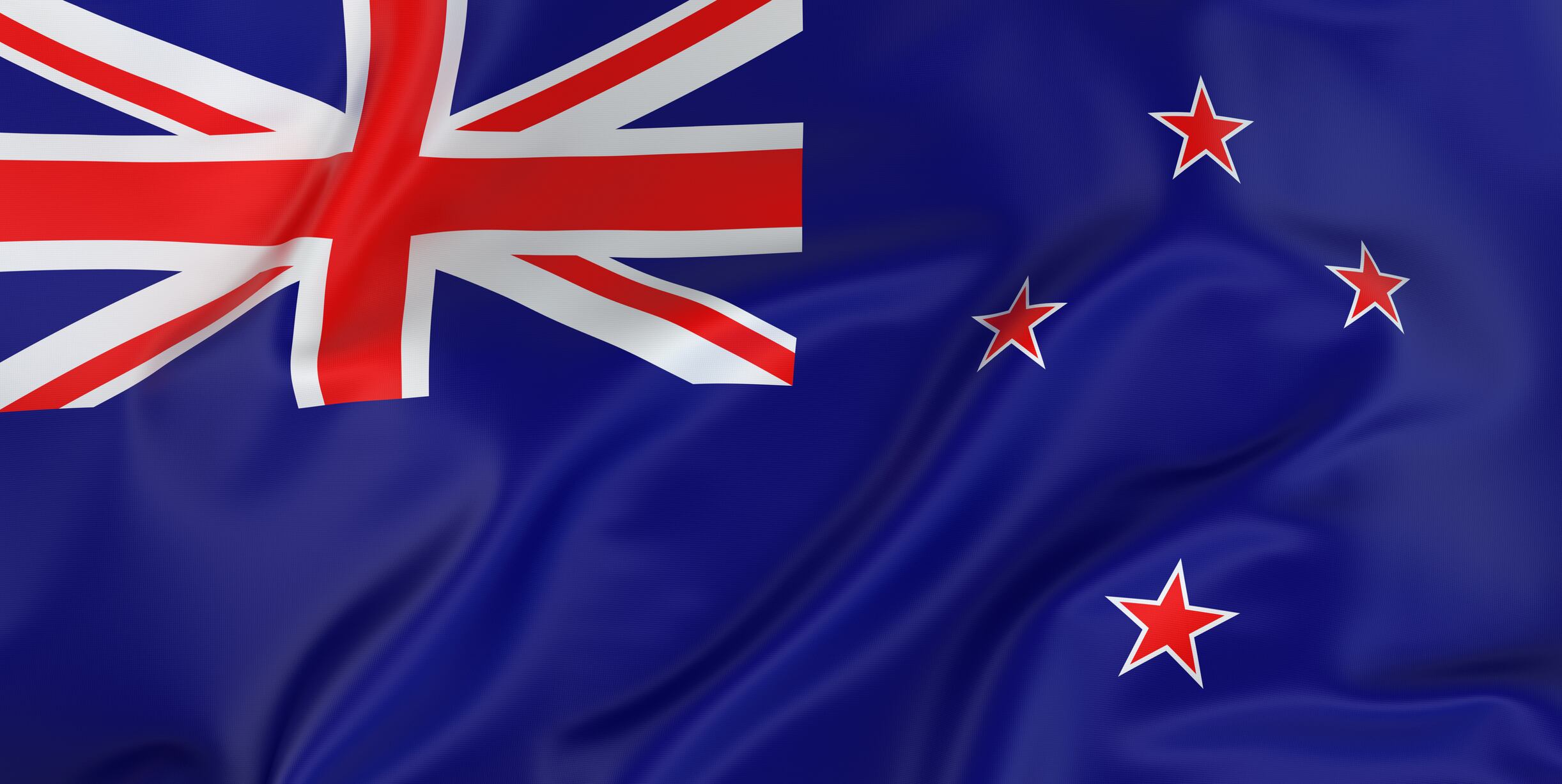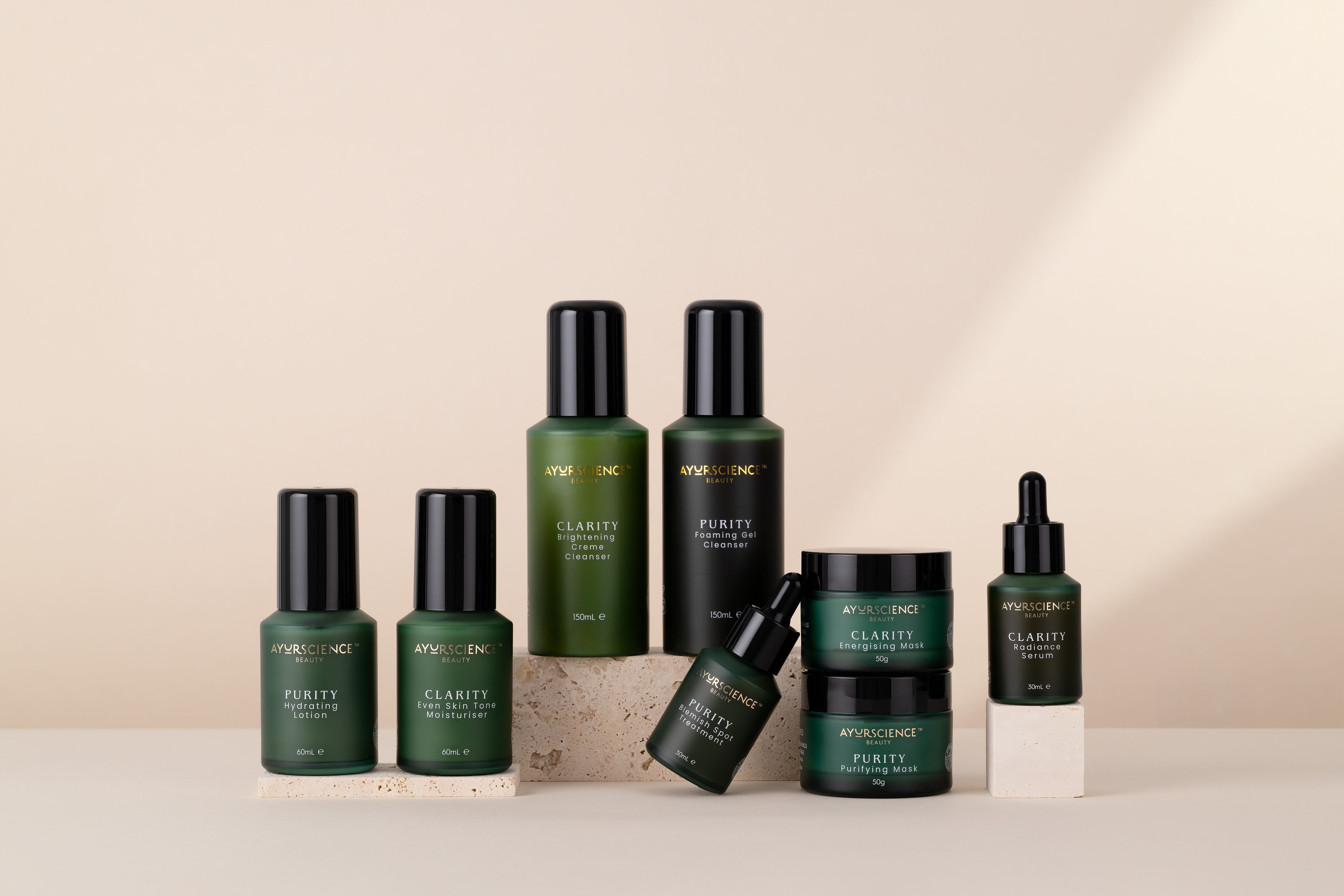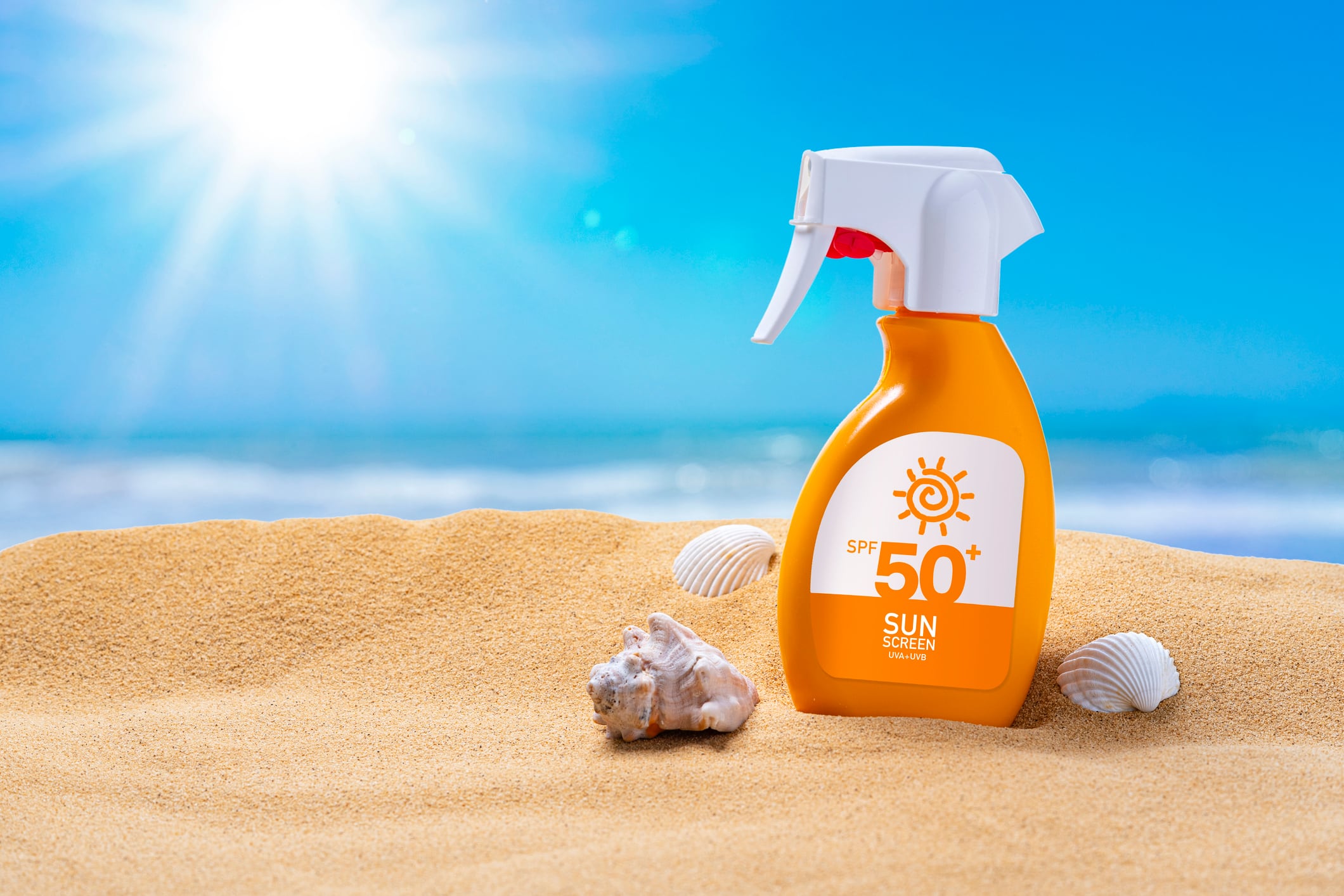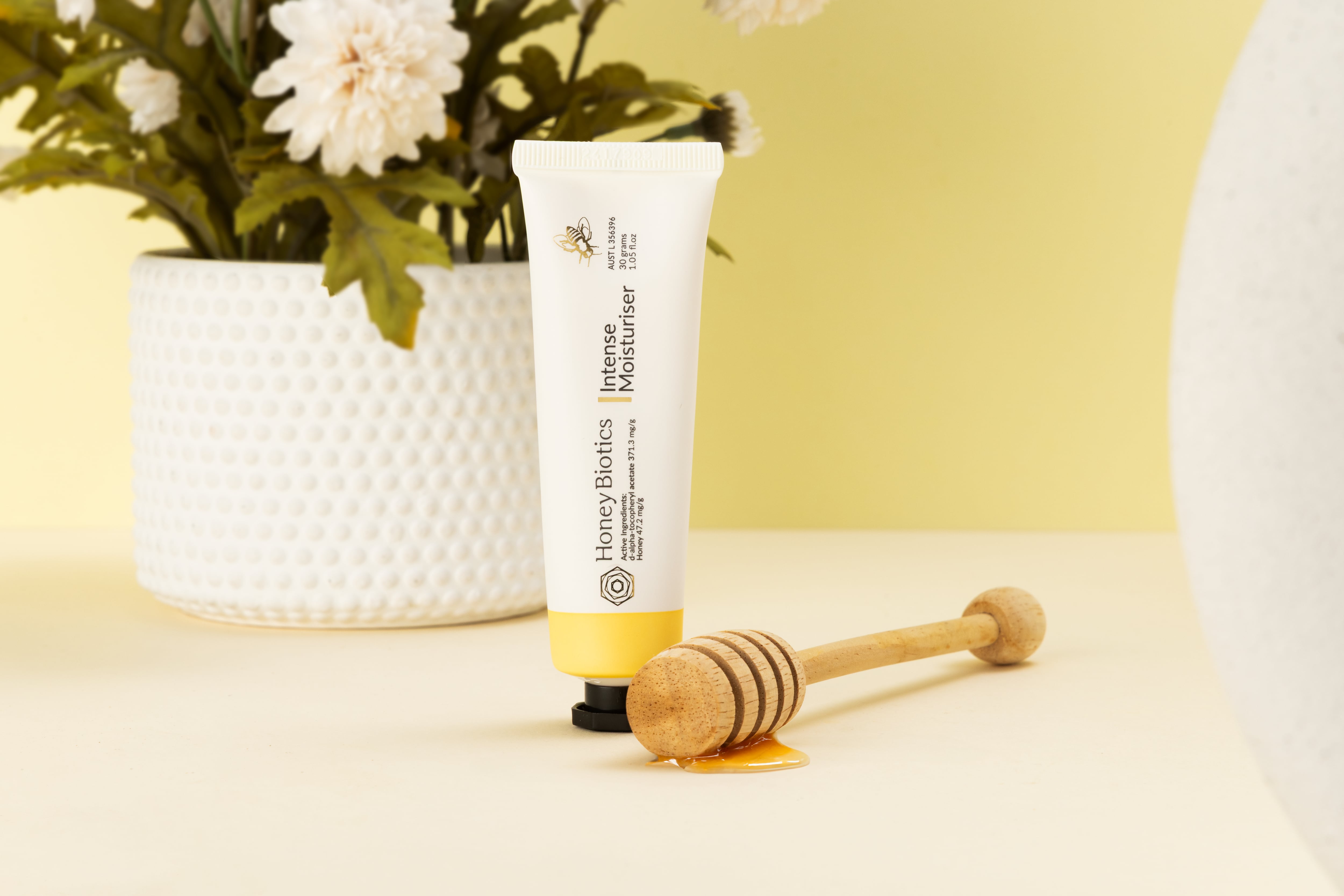The rulebook tightens ingredient controls, expands the scope to capture any product that contains a hazardous ingredient, and phases out PFAS.
“We have expanded the scope of the group standard to require any cosmetic product that contains a hazardous ingredient to comply, even if the final product is not hazardous,” the EPA said in its update.
From January 1, 2026, importers and manufacturers must comply with the updated standard for all cosmetics. The EPA allows sell-through of non-compliant stock only until January 1, 2027, and expects disposal by July 1, 2027.
PFAS products face a longer but decisive countdown. “No import or manufacture” applies from January 1, 2027, while “no sale” follows on January 1, 2028. Disposal is mandatory by July 1, 2028.
The agency frames the timeline as a balance between reformulation lead times and public and environmental safety. Operations teams should reverse-plan from these dates and align regulatory, R&D, supply, and commercial functions as soon as they can.
Ingredient schedules move closer to Europe
New Zealand has revised the schedules that set out prohibited substances, restricted ingredients, colourants, preservatives, and UV filters, with the EPA saying that the updates “largely align with rules in Europe”. For multi-regional businesses, this reduces friction in raw material selection and dossier work.
However, the schedules are now embedded in the legal text and include New Zealand-specific lines in places, meaning Kiwi manufacturers should treat EU alignment as a strong anchor, not a carbon copy.
Additionally, quality and regulatory leaders should compare entries ingredient by ingredient before sign-off.
More products in compliance net
The most far-reaching structural change is scope. The standard will apply to products that are hazardous as finished goods and to products that are non-hazardous but contain a hazardous ingredient.
In practice, this pulls more SKUs into the compliance net. If a formula uses low-level solvents, oxidisers, or other functional materials with a hazardous classification, the finished product must still meet the cosmetics standard.
This matters to nutrition and supplementation players who straddle oral care, daily SPF moisturisers, self-tanners, and adjacent topicals. If any component in the formula is hazardous under New Zealand’s classification notice, the product should be treated as in scope from January 1, 2026.
PFAS on a hard countdown
New Zealand will add PFAS to its prohibited list for cosmetics and phase them out under the 2027–2028 timetable.
Brands have used fluorinated polymers and surfactants for slip, film-forming, wear, and water resistance.
The rule change forces a pivot to PFAS-free systems, but reformulation is only part of the job. Supply teams must map raw materials, audit vendor claims, and plan stock depletion to avoid write-offs.
Legal and EHS teams should document the basis for PFAS-free statements and plan for safe disposal of any residual PFAS stock by the mid-2028 deadline.
In addition, the EPA highlights “updates on obligations for fragrance ingredients”, and the consolidated standard explicitly calls for compliance with International Fragrance Association (IFRA) Standards.
Many global brands already follow IFRA for restricted and prohibited fragrance materials and product-type concentration limits, and New Zealand is now making that expectation part of the legal framework.
Nanomaterials require records, notification and labelling
The nanomaterial rules tighten governance without derailing innovation. If a product contains nanomaterials (excluding approved nano colourants, preservatives, and UV filters), importers and manufacturers must notify the EPA at first import or manufacture, maintain records on the type of nanomaterial, and present those records on request.
On label, nanomaterials must carry the “nano” qualifier after the ingredient name in the ingredient list. For brands using nano zinc oxide or titanium dioxide in sunscreens, or encapsulated actives in leave-on products, this is familiar in other markets.
Labels must be plain, complete, and localised
New Zealand expects clear English labelling with hazard and safe-use statements where relevant, a full ingredient list in descending order, local importer or manufacturer contact details, a batch code, and disposal guidance. Some restricted ingredients trigger specific warning statements.
As the revised schedules land in 2026, brands should re-screen formulas for new caps and warnings, especially for preservatives, UV filters, and colourants.
At the same time, brands should check that their efficacy statements stay in the cosmetic lane and do not drift into therapeutic territory.
Category boundaries remain critical
The EPA defines a broad list of cosmetics: soaps, shampoos, toothpaste, shaving products, deodorants, perfumes, hair dyes, sunscreens, self-tanners, lipsticks, and other makeup. But products that make therapeutic claims, certain tooth-whitening products, tattoo inks, and medicines sit under other regimes.
Nutrition companies that sell toothpaste with peroxide or fluoride, or daily moisturisers with SPF claims, should validate where each SKU lands, as the wrong category triggers the wrong rulebook.
When in doubt, brands should map claims and actives against the relevant group standard or Medsafe’s frameworks before finalising packs.
Nutrition players
Many nutrition and supplementation brands already operate in adjacent topicals, such as oral care, daily SPF moisturisers, self-tanners, and cosmeceutical leave-on products. This upcoming update raises both risk and opportunity.
Brands that assume a non-hazardous finished product is out of scope and miss the 2026 cut-over face risk, while brands that move early to PFAS-free systems and EU-aligned materials can access opportunity.
Documentation is also a competitive asset. Suppliers that can show EU alignment, IFRA compliance, and PFAS-free status will shorten customers’ checks and speed up listings.




